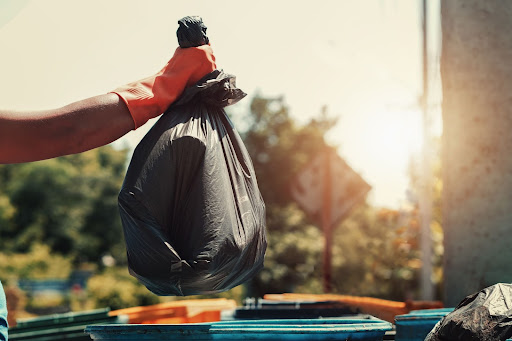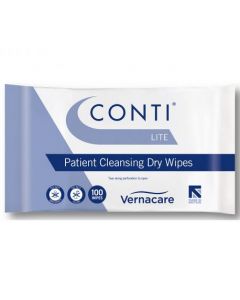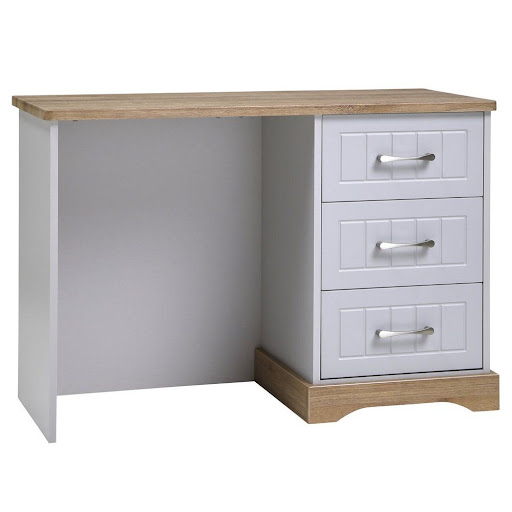Waste management in care homes is critical to ensure the home remains a safe environment for residents where risks of infection are correctly controlled. Waste is potentially harmful and, if not properly disposed of, can cause injury or infection.
Put together by Wippet, this guide shows the duty of care carers have when dealing with the disposal of waste in care homes and the top products Wippet sells to make it easier for you to deal with all types of waste safely.
What are the guidelines for waste management?
All employees are responsible for waste management and disposal, and they should understand how rubbish should be separated and stored before collection or disposal.
The UK government regularly updates the guidelines around waste regulation and management, in line with The Health and Social Care Act 2008: Code of Practice on the Prevention and Control of Infections and Related Guidance.
We’ll run through some of the guidelines later in this article, and you can access the entire document here.

What are the best products for safe waste disposal in care homes?
Wippet stocks a wide range of waste disposal products that help carers adhere to the UK government’s waste management guidelines for care homes. Below are some of our most popular items.
45L polypropylene bin
This sturdy foot operated bin is made from easy-to-clean and hygienic polypropylene, suitable for almost any care home environment. The 45-litre bin is available in six colours, making them ideal for colour-coded use in healthcare, medical, catering and office settings.
Jolley trolley bag
For use on a care home cleaner trolley (also known as a Jolly trolley), these 100% vinyl bags are strong and waterproof to contain hazardous waste. In addition, their 60L capacity means care home staff can spend less time changing the bag and more time getting on with their work.
Pedal bin liners
These 279mm x 425mm x 425mm sized pedal bin liners are perfect for use within bins located in the back office and residential areas. Sold in packs of 100 for ease of purchasing, these liners are latex-free, so they are suitable for use among residents with even the most severe latex allergies.
Heavy-duty refuse sacks
Our pack of 160 heavy duty refuse sacks are ideal for the safe disposal of bulkier items or waste that could puncture a thinner bin bag. Each sack is made to 160 gauge thickness to withstand the pressure from more oddly shaped objects and features a tie handle for easy packing.
What are care responsibilities for the disposal of care home waste?
Staff in nursing homes are responsible for ensuring that waste is correctly disposed of from the moment it’s created to when it leaves the premises.
All employees should be taught and aware of garbage disposal processes, and it is the care home's legal responsibility, not the waste contractor's, to ensure full compliance with environmental waste rules.
Care home staff should handle waste correctly by:
- Ensuring the waste is segregated into the correct categories
- Labelling the waste according to its category
- Placing it in suitable containers for transportation off the care home site
- Stored safely and in a secure place away from areas of public access within the premise
- Properly described on the packing label when moved from the premises
- Ensuring proper record keeping for all waste
- Transferred to an authorised waste contractor for transport to an official waste disposal site
How to safely segregate waste in care homes
It is legally required that waste should be split into the correct category for disposal and placed in the proper coloured bag with an identifying label. The care home staff responsible for waste management should determine which category each waste item belongs to.
Each category for safe and correct waste disposal has a unique coloured bin bag that must be used when disposing of the corresponding type of waste.
Orange bags for infectious waste
Items contaminated with urine, faeces, vomit, sputum, pus, or wound exudate from a known, suspected, or at risk of infection source are considered infectious waste.
Other examples include clinical waste, personal protection equipment (PPE), incontinence pads, urine bags, single-use goods, single-use bowls, and dressings.
Infectious waste can be treated to make it safe before disposal, or it can be burned at a licenced facility.
Yellow bags with a black line for hygiene waste
Items contaminated with urine, faeces, vomit, sputum, pus, or wound exudate from inhabitants with no risk of known or suspected illness.
This category also includes PPE, continence pads, urine bags, single-use products, single-use bowls, dressings, feminine hygiene, nappies, and any other goods deemed non-infectious, such as uncontaminated PPE.
Liquids, such as urine, faeces, and vomit, should be disposed of in a dirty sewer (sluice or toilet). They can, however, be absorbed onto a disposable cloth, such as a paper towel, and deposited in the offensive waste stream, as long as no free-flowing liquid is present.
Offensive/hygiene trash can be landfilled in a permitted or licenced facility.
Black, transparent or opaque bags for domestic waste
Items of domestic waste include objects that do not include infectious materials, sharp, or medicinal products, such as hand towels, packaging, and newspapers. These items should be recycled where the option is available.
Household waste may be disposed of in a permitted or licensed facility.
Where to buy wholesale food waste bags?
Wippet, the UK’s healthcare marketplace, is the best place to purchase all the products you need for proper waste management in care homes.
We stock all of the relevant waste sack colours according to government regulations and a wide range of other items, such as pedal bin liners, swing bin liners, and waste bins.





